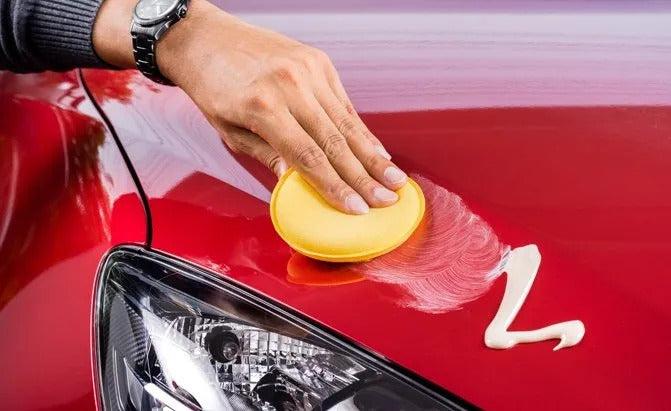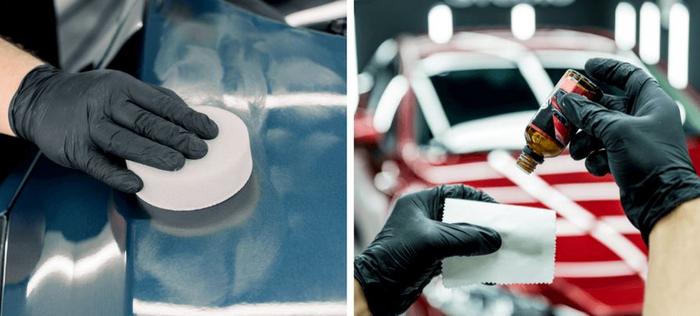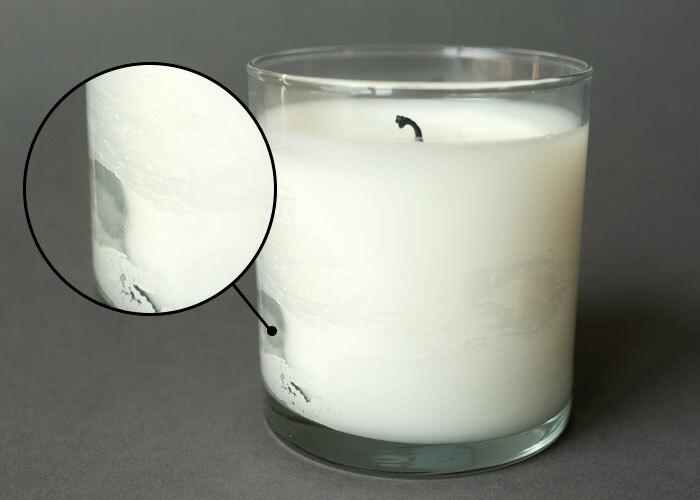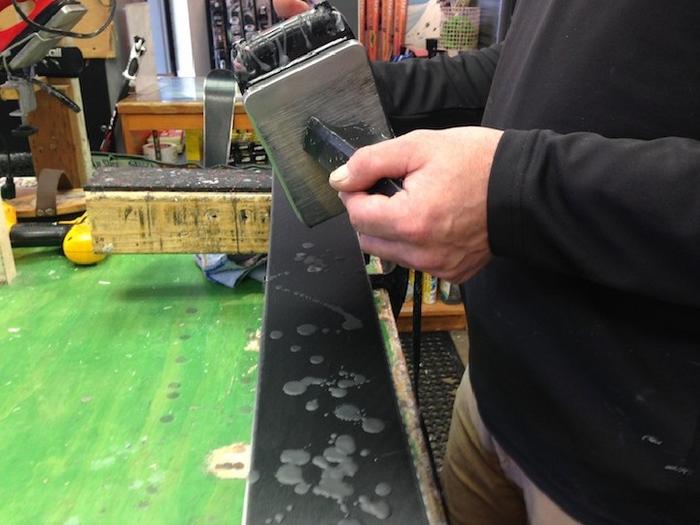You’d think that car wax, stored in a cool garage, could last indefinitely on the shelf, right? At least, that’s what I assumed after stocking up my inventory during a warehouse sale years ago. However, a subtle yet crucial change was unfolding before my very eyes. Imagine my surprise when I discovered those trusted tins of wax, forgotten in the back corner, had fallen victim to time. It was a wake-up call that led me to re-evaluate everything I thought I knew about car detailing products. The truth is, I had overlooked the shelf life of car wax, and I wasn’t alone. Many enthusiasts, like myself, fail to recognize that wax can indeed expire, potentially compromising your vehicle’s protection. In this article, I’ll unravel why this oversight can impact your car’s longevity and how you can best preserve these seemingly timeless products.
What is Car Wax?

During my days as a Jeep engineer, I encountered various types of car wax and learned how different formulations could dramatically influence performance. Car wax is essentially a protective layer applied to your vehicle’s paint to enhance its appearance and shield it from the elements. But did you know that the type of car wax you choose can impact not just shine, but also protection? This seemingly simple choice can affect how well your vehicle withstands time and environmental factors.
I remember testing two brands, one liquid and one paste, under extreme outdoor conditions. The paste wax, despite being messier to apply, held up significantly better against mud and dirt. This experience taught me that selecting the right wax isn’t just about a glossy finish—it’s about fortifying your car against everyday wear and tear. Understanding what car wax truly is, and how different formulations can work in your favor, is crucial for maintaining your vehicle’s exterior.
Why Does Car Wax Go Bad?
Factors Affecting Car Wax Longevity

What if the environment around your wax is the real reason it won’t last? Throughout my career, I’ve uncovered how surprisingly fragile car wax can be when confronted by its surroundings. Car wax longevity is often compromised by unpredictable factors, leaving many drivers and enthusiasts puzzled. From my personal experience, one vivid memory highlights this perfectly. I had stored my favorite wax in a garage where temperatures spiked during summer and dropped drastically in winter. The result? A wax so clumpy, it felt like grains of sand. This taught me crucial lessons in preventing wax from going bad.
Heat and humidity are persistent adversaries. The hot and humid conditions can break down wax, altering its composition and effectiveness. Even the location of storage—whether it’s near a heat source or an uninsulated wall—plays a significant role. Additionally, neglecting to seal the container tightly accelerates its degradation, exposing it to more than just air.
Recognizing these environmental pitfalls not only enables us to shield our wax but also prolongs its competence in safeguarding our vehicles from nature’s harsh elements. Next, let’s delve into discovering how to identify bad wax before it ends up on your car’s finish.
How to Identify Bad Wax

Have you ever wondered, can you really tell if your wax is past its prime just by looking at it? In my experience, the answer is a resounding yes. I learned this lesson the hard way one winter. I remember reaching for that tin of wax, confident in its ability, only to be confronted by a cloudy residue marring my freshly cleaned car. That day, I realized that not all wax can be trusted at a glance.
Since then, I’ve developed a routine to ensure my wax is always ready to deliver that perfect shine. First, I check for any separation in the wax, often a clear sign it’s beginning to expire. If I spot any liquid pooling or strange textures, it’s an immediate red flag. Consistency matters, so I ensure the wax is smooth, without graininess or clumps. Additionally, the sniff test is surprisingly effective; a rancid smell indicates it’s time for a new batch.
Grains, clumps, or dramatic aroma changes all suggest the wax has outlived its utility. By routinely inspecting these indicators, I safeguard against applying ineffective product. These visual and olfactory checks have saved me numerous headaches and ensured I’m never left with a lackluster finish again.
Best Practices for Wax Storage

During my engineering days, I learned that prevention is always better than cure. I once experienced wax turning unusable after being stored in a hot garage, a mistake that taught me the importance of finding the right storage space. What if a simple tweak in storage could double the life of your wax? This simple realization led me to find a cool, dark spot in my home—an old toolbox in the basement—that became the designated wax storage. This change not only extended the wax’s lifespan but also ensured I had easy access to my detailing products.
The key to optimal storage is maintaining a consistent, cool temperature away from direct sunlight. Heat and light exposure can break down the chemical compounds in the wax, rendering it ineffective. My basement toolbox solution ensures a steady temperature and absence of harmful light, proving that choosing the right spot is essential.
I make a point to share these best practices with fellow auto enthusiasts, emphasizing that the environment you store your wax in truly matters. By selecting the right location, like I did, it’s possible to maximize the longevity and effectiveness of your car wax. You’ll find, as I did, that these small adjustments can make all the difference in keeping your wax fresh and ready for action.
Conclusion
Are you sure you’re ready to make the most of your car wax? In conclusion, my journey through car detailing has revealed the critical importance of understanding your products. Knowing why car wax goes bad, influenced by factors like temperature and exposure, can save you from a world of frustration. Many overlook the subtle signs of bad wax, only to find their car’s shine diminished. Seemingly small decisions about storage and usage can lead to big impacts on your car’s appearance and protection. Make sure to store your wax in a cool, dry space to maximize its effectiveness.
The moments I faced setbacks due to expired products taught me invaluable lessons—ones that I hope to pass on to you for a better car care experience. By keeping an eye on expiration dates and following best practices, you can maintain a showroom-ready finish longer. Remember, a little knowledge goes a long way in protecting your car and your investment.